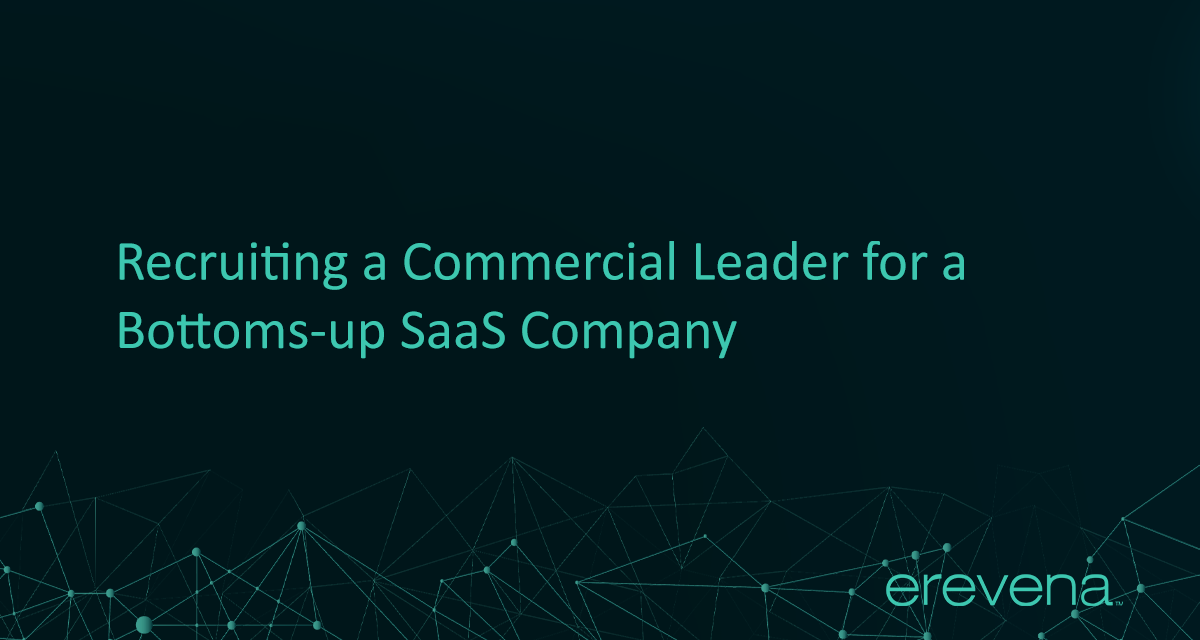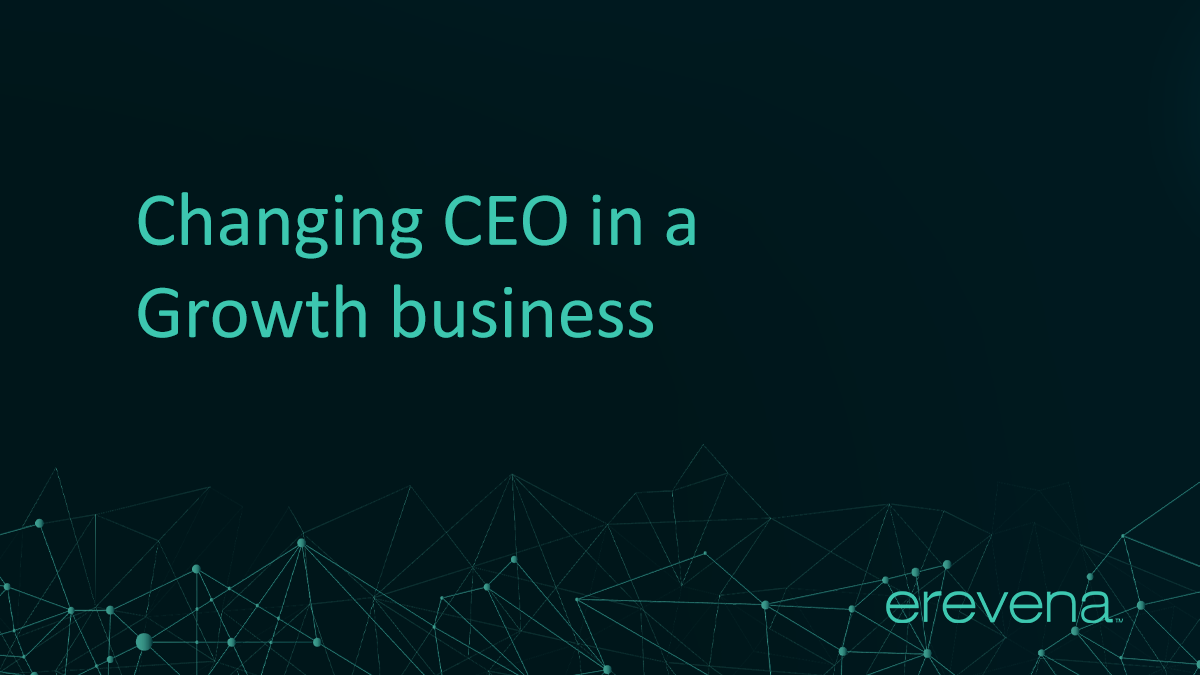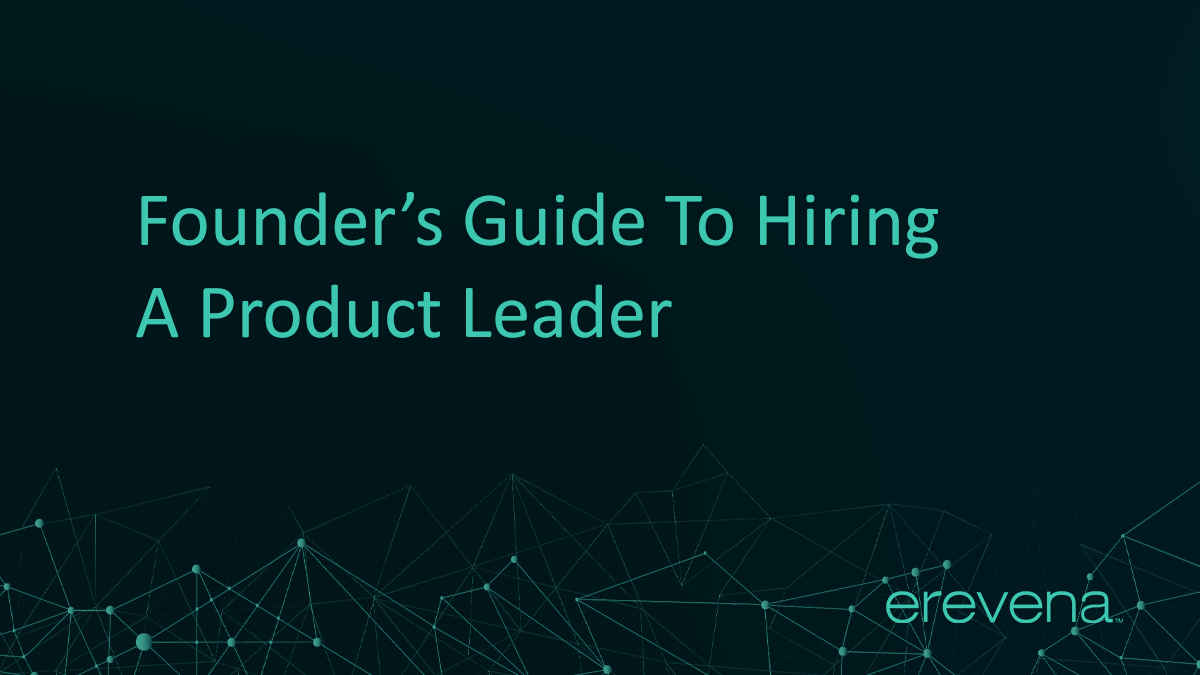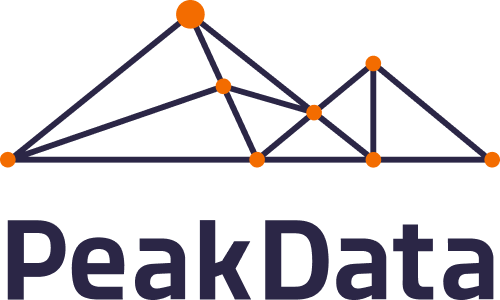Today we are seeing users of software adopt technology in a new way. Several factors have influenced this, including the decreasing cost of software, the development of new distribution channels, and the increased flexibility in pricing and offerings. The result of these shifts in the ecosystem is that software businesses are having to re-think how their commercial functions are built and operate.
The traditional enterprise software commercial model is being challenged by the popularisation of the ‘bottoms-up’ commercial model, spearheaded by companies such as Dropbox, Zoom and Slack, where the focus is on acquiring users first. Benchmark metrics such as Lifetime Value (LTV) and Customer Acquisition Cost (CAC) need to be reconsidered when dealing with high volume, lower-value customers. Driving growth through this ‘bottoms-up’ model therefore requires a very different skillset to the traditional enterprise software executive. Founders and CEOs looking to hire for this emerging commercial model need to go through a process of identifying and assessing the correct skillset of what is a small, albeit developing, talent pool.
In an ideal world, bringing on board someone from a company such as Dropbox, Slack, or one of the other leaders in this space, would be a straightforward answer for replicating this model within your own business. However, in the absence of enough of these experienced executives to go round, we need instead to look at the reasons behind those companies making that hire in the first place, and what that can tell us about the sort of skillset which can be successful in a ‘bottoms-up’ business. Skills such as adaptability and potential should be taken into consideration as much as prior experience. As more companies leveraging this model raise funding, there is an accompanying increase in demand for ‘bottoms-up’ executives with these skillsets. Below we outline some of the skills and experiences to look for when assessing candidates.
Analytical Capability
Some of the most talented executives we have seen for this type of commercial model spent their earlier career in Sales Operations or a similar discipline. The role of a commercial leader in a bottoms-up environment is not to be the best closer, or to lead and inspire a team of closers, but to build an integrated motion that will link together user growth, the marketing funnel, sales conversion and customer success. Optimisation of the commercial organisation is the aim, and executives who have spent time in Sales Operations will likely have the skill-set to assess the success of different distribution channels or track the momentum in particular customer segments. Another angle could be to look at candidates who have spent time in ‘Growth + Monetization’ functions. These people will likely be more tightly linked with Product and could particularly serve consumer / freemium type business models well.
Adaptability
The ability to respond well to unforeseen problems and develop bespoke solutions will be crucial. Are you not getting the anticipated groundswell from that particular customer segment? Maybe there is a pricing issue, a churn problem, or growth has unexpectedly slowed? In a similar vein, maybe there are opportunities that present themselves that can be capitalised on? Sometimes more investment in a certain initiative can represent a smart doubling-down after some initial testing and learning. In a bottoms-up model adaptability is key. While executives should be able to draw on prior experience to help think through decisions, it is not an environment where simply transplanting the precise playbook from another company is going to yield the best results.
To have confidence in an executive’s adaptability, look for variety in their background. Experience of working in companies of different scale, with a variety of customer types and GTM models is a good indicator of an adaptable and agile mindset and demonstrates someone who can learn new best practices.
Marketing proficiency
Commercial leaders in ‘bottoms-up’ companies need to have a strong understanding of how to drive user growth, which is critical for these businesses. A deep understanding of the customer in the target market is also invaluable: for example, the developers targeted by Twilio and Stripe require a different approach to the end consumer-driven approach that worked for Dropbox and Slack.
In all these cases, success came from a deep understanding of their targets; who the correct people are within those targets; and the information they needed to present in order to enable the user to make the decision to buy. Commercial leaders also need to work closely with Product Marketing teams on pricing, messaging and ensuring the buying experience is simple and consistent.
Revenue alignment
In addition to acquiring the users, modern bottoms-up companies have deeply aligned and revenue-focused marketing, sales and post-sales functions. More ‘traditional’ companies tend to delineate these and value functional independence, but for a modern ‘bottoms-up’ business tighter integration and collaboration ensures that the commercial functions work as an aligned continuum. One way of ensuring this can be to assign revenue values to leads, based on the customer segment and level of engagement e.g. which marketing channel or interaction has the potential buyer been through. By reducing friction between the different commercial functions through setting aligned goals it becomes easier to build plans to grow bottoms-up and to know where to focus effort and investment.
This methodology can also feed into Customer Success – expanding accounts once converted. Executives with this modern perspective can be identified through the breadth of their experience: if they’ve had oversight for marketing previously, they may well be able to adapt. Or if, for example, they are a sales leader who is exceptionally analytical, they may have the potential to build and own the whole process.
Product appreciation
Product considerations are tightly linked to commercial considerations in a bottoms-up environment, particularly when your company provides a freemium offering or multiple tiers with additional features and security. Beautiful design alongside solving real user pain-points can go a long way to driving adoption. Product may not necessarily be owned by a commercial leader in this environment, but if the executive can have a strong appreciation for product considerations and work closely with the product managers to help smooth the acquisition and adoption cycles, the closely linked commercial objectives will be more easily achieved.
Entrepreneurial
As with most searches, you should hire an executive who will be comfortable with the stage that the business is at. If there is much process to be originated, it is important to test a candidate’s creative thinking and ability to operate from first principles. If there is already a significant organisation to lead, an ability to inspire and manage is crucial. This entrepreneurial imperative is arguably even more pronounced in a bottoms-up business. Given the focus on data, iterating and testing, and learning, an executive should be highly adaptable; able to draw the right conclusions from results; and form well thought through strategies to progress. Building teams as the company scales will mean not just hiring ‘closers’, but also analysts and marketing people of various disciplines amongst others.
In summary
A bottoms-up business is distinct from the traditional top-down model and requires a different skill-set. A commercial role within this environment is therefore more focused on understanding data, testing and learning, and adapting to plot the right route forward and drive up key metrics. The commercial functions of a bottoms-up business are closely aligned, and success or failure is also significantly influenced by product, meaning a business leader needs a breadth of understanding across the range of functions. Data-driven leaders with broad experience and comfort at your businesses’ stage of growth should be your focus. To find these people, strong hunting grounds have been in the Sales Operations teams of companies with great process (Google being an obvious example), and those who have often moved into something more entrepreneurial, and ideally have worked with a range of customer types and companies at various stages.
It is also worth looking at sales leaders from the more traditional top-down or land-and-expand environments; if they lean towards the thoughtful and analytical end they could well adapt to this model without difficulty. It’s not always going to be realistic to hire the person who built the organisation for a success story such as Dropbox or Slack. However, if you look out for the qualities outlined above, you can uncover some great potential and move quickly through your growth journey.
Share this article:












